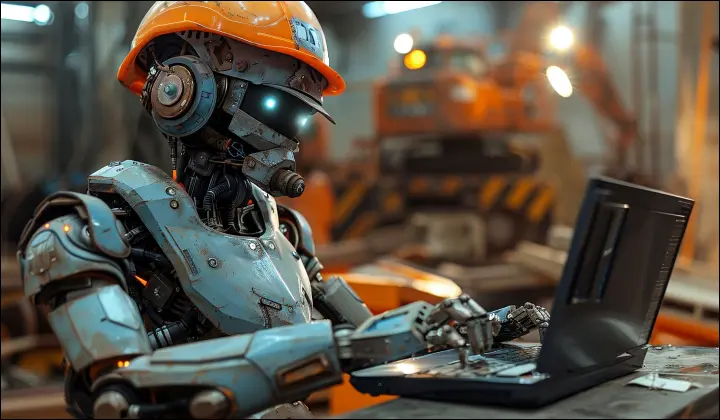Manufacturers have spent years automating production lines, connecting machines, and using AI to reduce inefficiencies.
That’s smart manufacturing.
However smart factories still rely on humans to make key decisions. They react to problems instead of preventing them.
The next phase of digital transformation in manufacturing is about thinking factories — systems that don’t just follow rules but analyze, learn, and make decisions.
AI, Generative AI, Digital Twins, Agentic AI, IoT, and real-time data will make this shift possible.
This blog breaks down how these technologies are moving factories beyond automation into self-optimizing, intelligent ecosystems.










 7 mins
7 mins







 Talk to Our
Consultants
Talk to Our
Consultants Chat with
Our Experts
Chat with
Our Experts Write us
an Email
Write us
an Email





